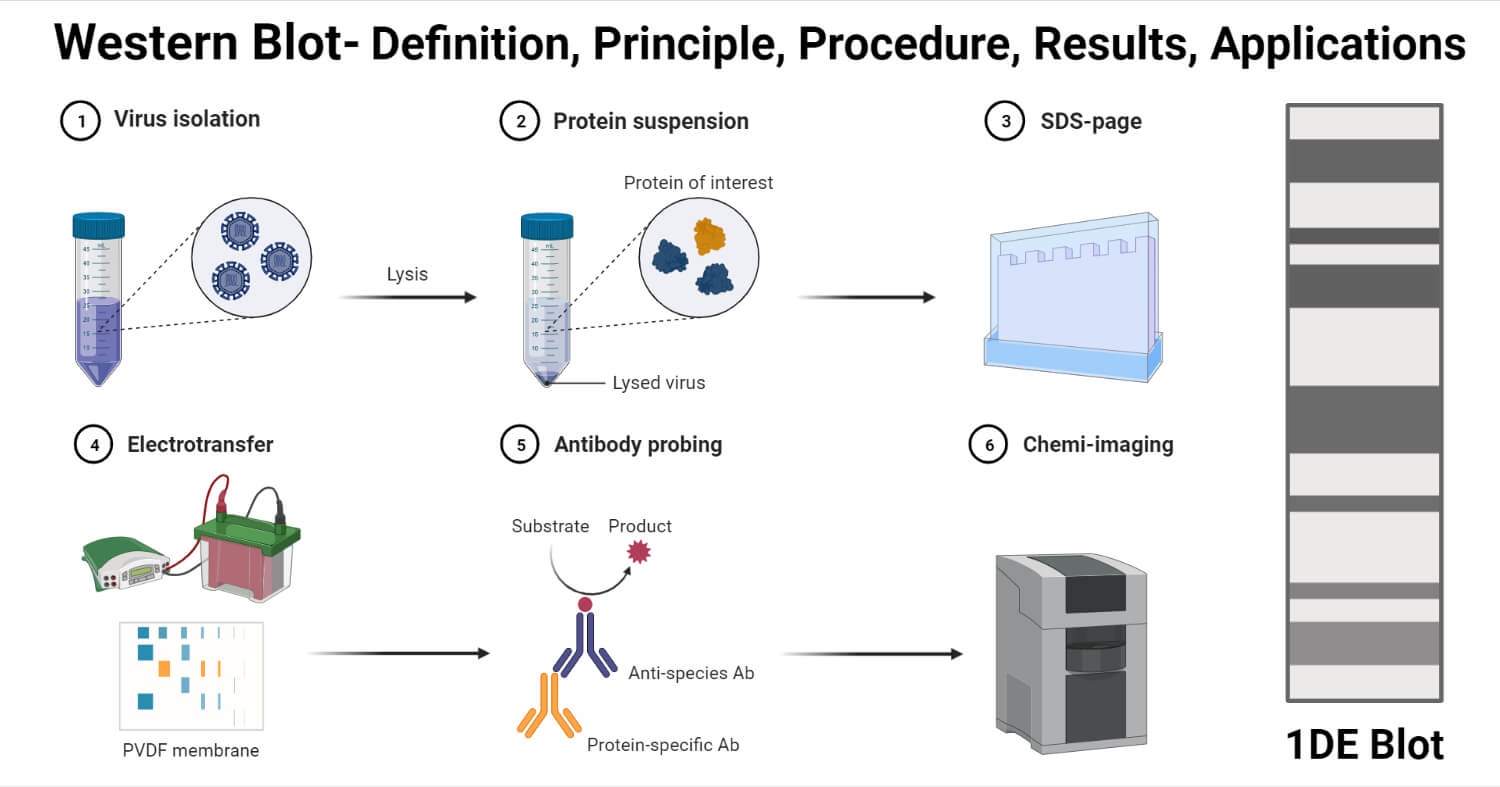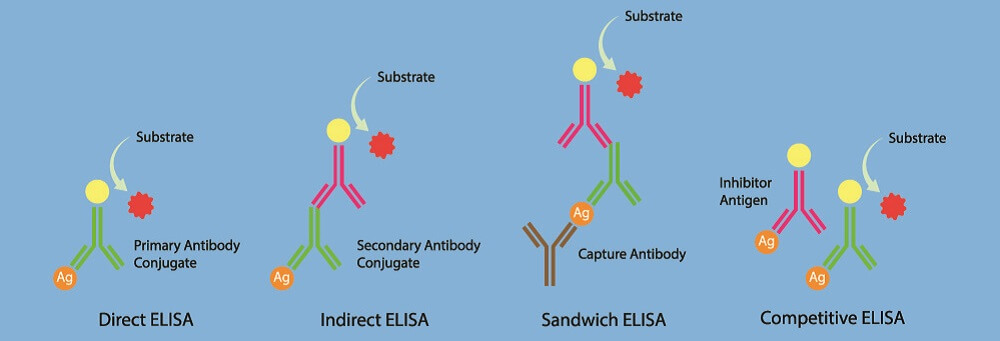

In 2015, the World Health Organization (WHO) reiterated its earlier recommendation that in settings where the HIV prevalence in the population tested is greater than 5%, a diagnosis of HIV-positive should be issued to individuals with 2 sequential reactive tests. The Centers for Disease Control and Prevention (CDC) in the United States (US) updated its recommendations for HIV confirmation in 2014, such that after an initial fourth-generation HIV Ag/Ab screening test, the use of HIV western blot was replaced by a HIV-1/HIV-2 antibody differentiation assay as the supplemental test for HIV confirmation. In recent years, revised algorithms for Human Immunodeficiency Virus (HIV) confirmatory testing have been recommended by various institutions worldwide. In that regard, of note is our observation of non-specific reactivity of lipaemic specimens to the HIV-2 gp140 band in the Geenius assay, which should prompt caution when interpreting results of such specimens. In conclusion, INNO and Geenius had comparable test performance, although the ease of use and shorter assay time for Geenius may make it the preferred choice for laboratories. Hence, further testing by a nucleic acid test or a p24 antigen test of specimens reactive on screening with a fourth generation Ag/Ab assay that are negative on confirmatory testing for HIV-specific antibody, may be useful. Nevertheless, overall poor sensitivity (25.5% - 44.7%) of these assays for the detection of early cases was observed, likely because these cases had very low or non-detectable levels of HIV antibodies. When early HIV cases were considered, INNO and Geenius were more likely to confirm an early-stage infection as positive. However, less non-specific reactivity was observed with the INNO and Geenius assays, where both of them were able to resolve MP-WB indeterminate cases. We show that all 3 assays had comparable test sensitivity in the detection of HIV-1 positive cases. Using the HIV Blot 2.2 (MP-WB), the INNO-LIA HIV I/II Score (INNO), and the Geenius HIV 1/2 Confirmatory Assay (Geenius), we tested 199 HIV-1 positive, 161 HIV negative, 65 HIV western blot indeterminate, 26 HIV seroconversion, 34 early HIV infection and 4 HIV-2 positive archived specimens. Any duplication or distribution of the information contained herein is strictly prohibited.In view of recent revised recommendations for human immunodeficiency virus (HIV) confirmatory testing, the performance of 3 HIV confirmatory assays was compared.

Links to other sites are provided for information only-they do not constitute endorsements of those other sites.
#Western blot assay test professional
A licensed medical professional should be consulted for diagnosis and treatment of any and all medical conditions. is also a founding member of Hi-Ethics and subscribes to the principles of the Health on the Net Foundation (The information provided herein should not be used during any medical emergency or for the diagnosis or treatment of any medical condition. Learn more about A.D.A.M.'s editorial policy, editorial process and privacy policy. is among the first to achieve this important distinction for online health information and services. follows rigorous standards of quality and accountability. is accredited by URAC, also known as the American Accreditation HealthCare Commission (URAC's accreditation program is an independent audit to verify that A.D.A.M. If the results are indeterminate, the test may need to be repeated after about a month.Ī.D.A.M., Inc. Timing and frequency of lab tests may vary if they are performed for professional or legal reasons.
#Western blot assay test series
Certain tests may be repeated to obtain a series of results, or tests may need to be repeated to confirm or disprove results. Conditions that worsen and improve may also need frequent monitoring. Chronic or progressive conditions may need ongoing monitoring through the use of lab tests. The age or gender of the person being tested may affect when and how often a lab test is required. Timing of tests may be based on increased and decreased levels of medications, drugs or other substances in the body. If you have prepared for a test by changing your food or fluid intake, lab tests may be timed in accordance with those changes. A test may be suggested or become necessary when certain signs or symptoms appear.ĭue to changes in the way your body naturally functions through the course of a day, lab tests may need to be performed at a certain time of day. Lab tests may be performed immediately in an emergency, or tests may be delayed as a condition is treated or monitored. The timing of laboratory tests may rely on the results or completion of other tests, procedures, or treatments. When and how often laboratory tests are done may depend on many factors.


 0 kommentar(er)
0 kommentar(er)
